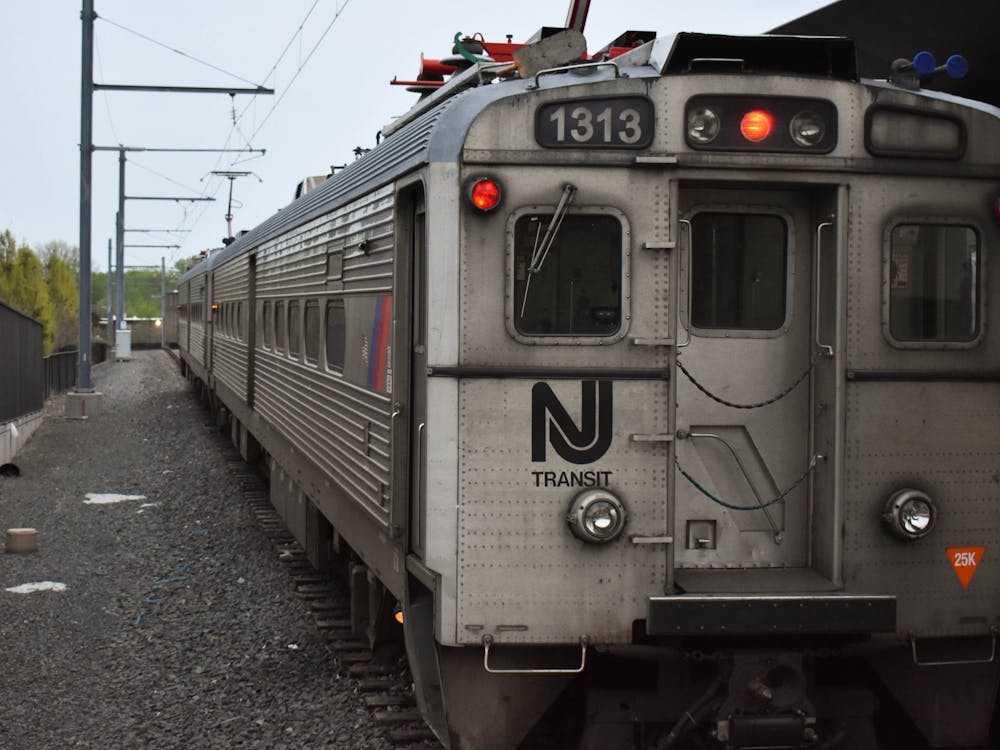What would Princeton look like — what should Princeton look like—if we took service — communal, national, international — as a primary goal? My first effort to answer this question was a utopian thought. Suppose we admitted students to Princeton, as we do now, and then told those admitted: "Oh yes, one more little thing. Now you have to go off for two years and work for others. Volunteer in a hospital; join the army; work in an orphanage in sub-Saharan Africa. We'll be delighted to see you, after you've done your bit." Spots at Princeton are precious, of course, so we'd still get a very talented class. And more than that, we would have more than 1,100 students who had seen and tried to solve real-world problems. It's easy to imagine the impact a class like that might have on the sadder and nastier sides of our local culture of privilege.
But we can't do that — and we shouldn't. A university has to accommodate a multitude of types and interests. A faculty has to teach, not compel. So what should we do? Well, as a historian, I'd like to start from the facts: all the kinds of service that Princetonians do now. But that's surprisingly hard to find out. Service comes in many forms, as former Sen. Sarbanes eloquently pointed out Saturday, private as well as public, local as well as national and international service. Try to capture it all, and you'll certainly miss many quiet, benevolent activities, which deserve all the more respect for being carried out with no eye to publicity.
Past efforts to measure formal, full-time service have usually missed a lot. In 2005 and 2006, the Washington Monthly ranked universities and colleges by an unusual metric. The editors tried to measure student engagement in service of the nation, using the percentage of students enrolled in ROTC and the percentage of alumni who join the Peace Corps. Princeton came in at a dismal 44th place among national universities. Of course this rating ignored Princeton-in-Asia, Project 55 and many other local institutions for alumni service. The Monthly won the attention it wanted and stimulated some debate — but it made us look a bit worse than we are.
Still, Princeton is not one of the top-25 producers of Peace Corps volunteers (Cornell and Harvard are). Larger percentages of Dartmouth, Harvard and Yale students apply to Teach For America — a program founded by Wendy Kopp '89. ROTC numbers—as a recent Daily Princetonian story pointed out — are not so high as they have been in the fairly recent past. Strikingly, a slightly higher percentage of members of the Class of 2006 entered professional sports than the military. There are no definitive answers, but it's hard not to feel, in some sense, that we could be doing better.
A second set of questions has to do with the role of service in the lives of students at Princeton. Here too, it's not easy to know the facts, and I am confident that some of them would surprise — for example — the readers of The New York Observer. Stories about pride and prejudice on the Street naturally don't make room for the service programs run by Students Volunteers Council and other groups — to say nothing of such wonderful one-off accomplishments as the Trenton playground recently featured on the University's webpage. When I spoke with Beth Jamieson, Director of the University's relatively new Pace Center for Civic Engagement, she emphasized both the range of student activities and their great dispersion — which makes them difficult to track and prevents them from having the cumulative impact that they could on the local culture.
But here too, it's hard to believe that we and our students are doing everything we could — everything we could do, for example, for families in the poor neighborhoods of this town. We're fond of drawing contrasts between pleasant, sylvan Princeton and scary, urban New Haven. But Princeton has its own massive social, economic and racial problems. In my experience, members of disadvantaged local communities are delighted when students engage seriously with them. But they're also surprised. And of course Trenton isn't far away — not to mention the world of poor individuals and families, many of them immigrants, strung out across Mercer County. Their problems aren't glamorous, and working productively with them isn't easy. But they're real, and their lives are hard, and they are our neighbors ...
The needs are real, and the pool of talent and good will in the University is immense. What we need are non-utopian — and nonpartisan—ways of engagement: ways of making service not an extra, but integral part of the intellectual and social life of our community. Happily, as I will suggest next time, these are within our power, if we have the will. Anthony Grafton is the Henry Putnam University Professor of History. He can be reached at grafton@princeton.edu.







